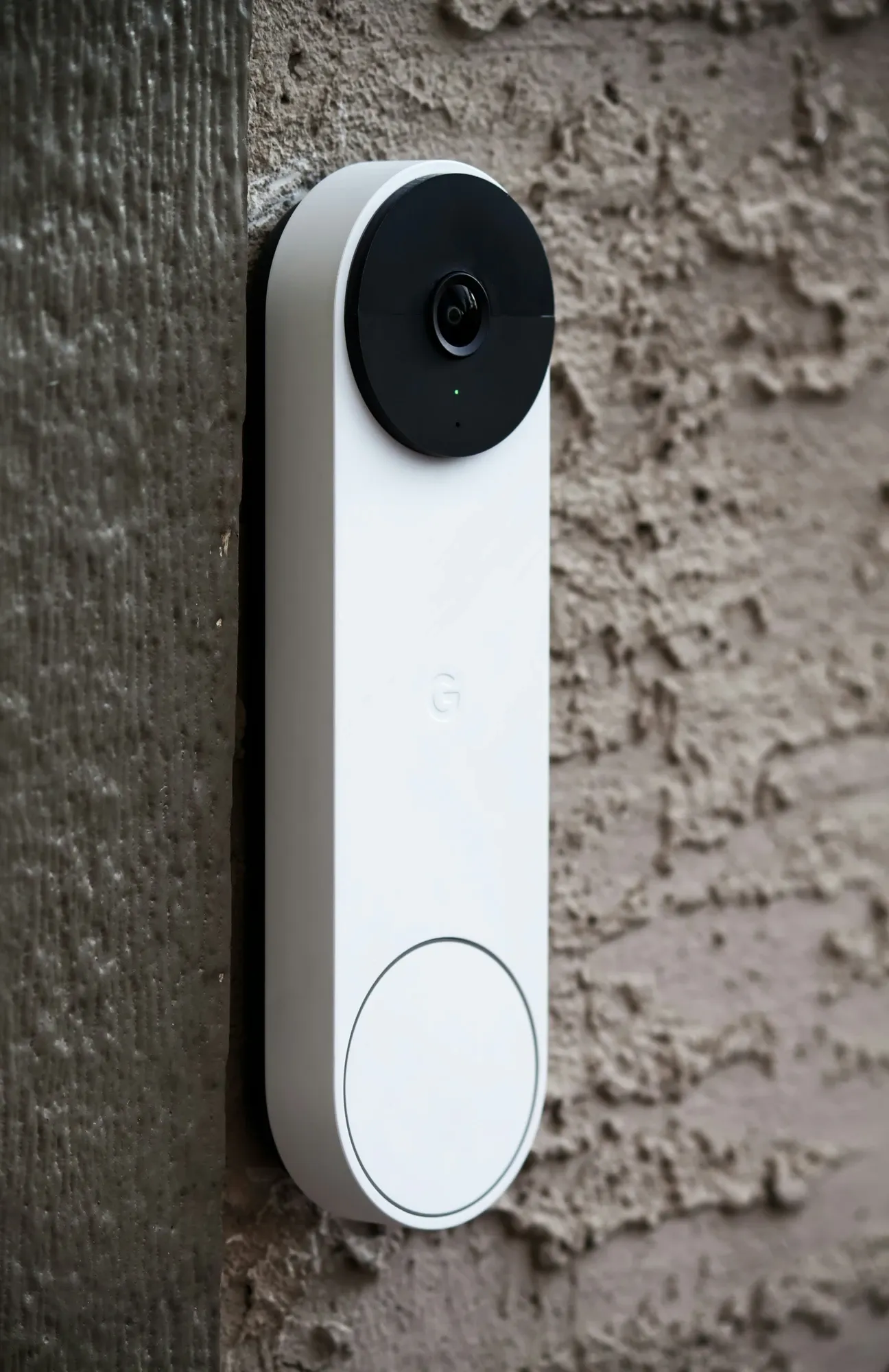The rise of smart doorbells has completely changed how we manage home security. With features like real-time video streaming, motion detection, and two-way communication, smart doorbells are a must-have for homeowners seeking enhanced protection and convenience. However, installing and setting up a video smart doorbell might seem overwhelming, especially for those unfamiliar with home automation. Don’t worry! This guide will walk you through everything you need to know, from installation to setup, and ensure you get the most out of your new smart security device.
Why Install a Video Smart Doorbell?
A video smart doorbell offers several benefits beyond just allowing you to see who’s at your door. Here are some key reasons to install one:
- Enhanced Security: Smart doorbells come with motion detectors that send alerts to your phone whenever movement is detected near your front door, helping you keep an eye on unexpected visitors.
- Two-Way Communication: With a smart doorbell, you can speak to anyone at your door, whether you’re at home or halfway across the world. This feature is great for talking to delivery drivers or warning potential intruders that you’re monitoring the area.
- 24/7 Video Recording: Many smart doorbells offer continuous or motion-triggered video recording, allowing you to review footage of activity around your door.
- Smart Home Integration: Smart doorbells can integrate with other devices, such as smart locks, security cameras, or even virtual assistants like Amazon Alexa or Google Assistant, creating a comprehensive home security system.
Pre-Installation Considerations
Before diving into the installation process, there are a few things you need to consider:
1. Wired vs. Wireless Smart Doorbells
Smart doorbells come in two varieties: wired and wireless.
- Wired doorbells: Require a connection to your home’s existing doorbell wiring. These offer a more stable connection but can be tricky to install if you're unfamiliar with electrical work.
- Wireless doorbells: Operate on rechargeable batteries, making them easier to install but require periodic charging.
2. Tools You’ll Need
For the installation, gather the following tools:
- A screwdriver (typically provided with the doorbell)
- Drill (if mounting to a wall without pre-existing wiring)
- Level (to ensure the doorbell is aligned properly)
- Smartphone (for setting up the app)
3. Strong Wi-Fi Signal
Your smart doorbell relies on your home’s Wi-Fi network to stream video and send alerts. Ensure that your Wi-Fi signal reaches the area where you’ll be installing the doorbell. If necessary, consider installing a Wi-Fi extender to boost the signal strength near your front door.
4. Compatible App
Download the manufacturer’s app (e.g., Ring, Nest, or Arlo) before starting the setup. These apps will guide you through the installation process and help you control your device afterward.
Step-by-Step Ultimate Guide to Installing Your Video Smart Doorbell
1. Turn Off Power (for Wired Doorbells)
If you're installing a wired smart doorbell, the first and most important step is to turn off the power to your existing doorbell circuit to avoid electrical shock.
2. Remove the Existing Doorbell
Unscrew the old doorbell from the wall and disconnect the two wires behind it. Be sure to gently straighten the wires so they’re ready to attach to the new device.
3. Mount the Doorbell Bracket
Most smart doorbells come with a mounting bracket. Use the provided screws and anchors to secure the bracket to the wall. If drilling into brick or concrete, use a masonry bit. Ensure the bracket is level before tightening the screws.
4. Connect the Wiring (for Wired Doorbells)
Take the two wires from your old doorbell and attach them to the corresponding terminals on your new smart doorbell. Usually, these wires are interchangeable, but it’s a good idea to follow the manufacturer’s instructions. Once connected, tuck the wires neatly behind the doorbell.
5. Attach the Doorbell to the Bracket
Snap or screw your smart doorbell into the mounting bracket. Many models have a security screw at the bottom to prevent tampering, so make sure to fasten that securely.
6. Restore Power (for Wired Doorbells)
Once the doorbell is mounted, go to your breaker panel and restore power to the doorbell circuit. You should see the doorbell light up or make a sound, indicating it's receiving power.
7. Charge the Battery (for Wireless Doorbells)
If you have a battery-powered doorbell, charge the battery fully before installation. This may take a few hours but ensures your device will function correctly right from the start.
8. Set Up the Doorbell in the App
Open the app on your smartphone and follow the instructions to connect the doorbell to your Wi-Fi network. You’ll likely need to scan a QR code located on the doorbell or its packaging. Once connected, give your doorbell a unique name (e.g., "Front Door") to make it easier to manage in the app.
Fine-Tuning Your Smart Doorbell Settings
Once your doorbell is installed and connected to your Wi-Fi, you’ll want to customize the settings to suit your preferences:
- Motion Detection Zones: Many smart doorbells allow you to set specific areas for motion detection. For example, you can limit motion alerts to the area directly in front of your door, avoiding unnecessary notifications from passing cars or pedestrians.
- Video Recording Preferences: Choose between continuous recording or only recording when motion is detected. Keep in mind that continuous recording will use more cloud storage or local storage (if supported by your doorbell).
- Notifications: Customize how and when you receive notifications. You can set alerts to go off only when specific types of motion are detected (e.g., people vs. cars).
- Two-Way Audio Settings: Adjust the volume and sensitivity of the two-way audio feature. This is particularly useful when speaking to delivery drivers or visitors.
- Integrate with Other Smart Devices: If your doorbell is compatible with smart locks or voice assistants like Amazon Alexa or Google Assistant, integrate them for a seamless home security experience. For example, you can unlock your door remotely while talking to a visitor via the smart doorbell app.
